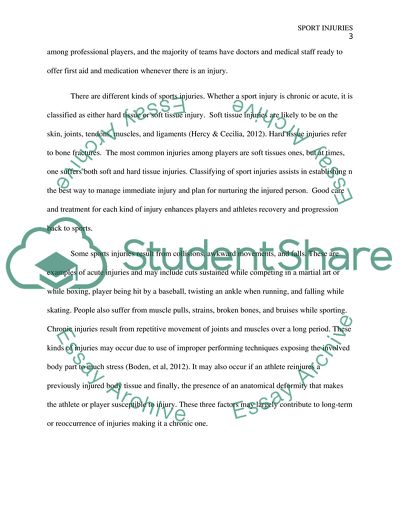Cite this document
(Sport Injuries Term Paper Example | Topics and Well Written Essays - 3000 words, n.d.)
Sport Injuries Term Paper Example | Topics and Well Written Essays - 3000 words. Retrieved from https://studentshare.org/sports-and-recreation/1789827-sports-injuries
Sport Injuries Term Paper Example | Topics and Well Written Essays - 3000 words. Retrieved from https://studentshare.org/sports-and-recreation/1789827-sports-injuries
(Sport Injuries Term Paper Example | Topics and Well Written Essays - 3000 Words)
Sport Injuries Term Paper Example | Topics and Well Written Essays - 3000 Words. https://studentshare.org/sports-and-recreation/1789827-sports-injuries.
Sport Injuries Term Paper Example | Topics and Well Written Essays - 3000 Words. https://studentshare.org/sports-and-recreation/1789827-sports-injuries.
“Sport Injuries Term Paper Example | Topics and Well Written Essays - 3000 Words”, n.d. https://studentshare.org/sports-and-recreation/1789827-sports-injuries.


